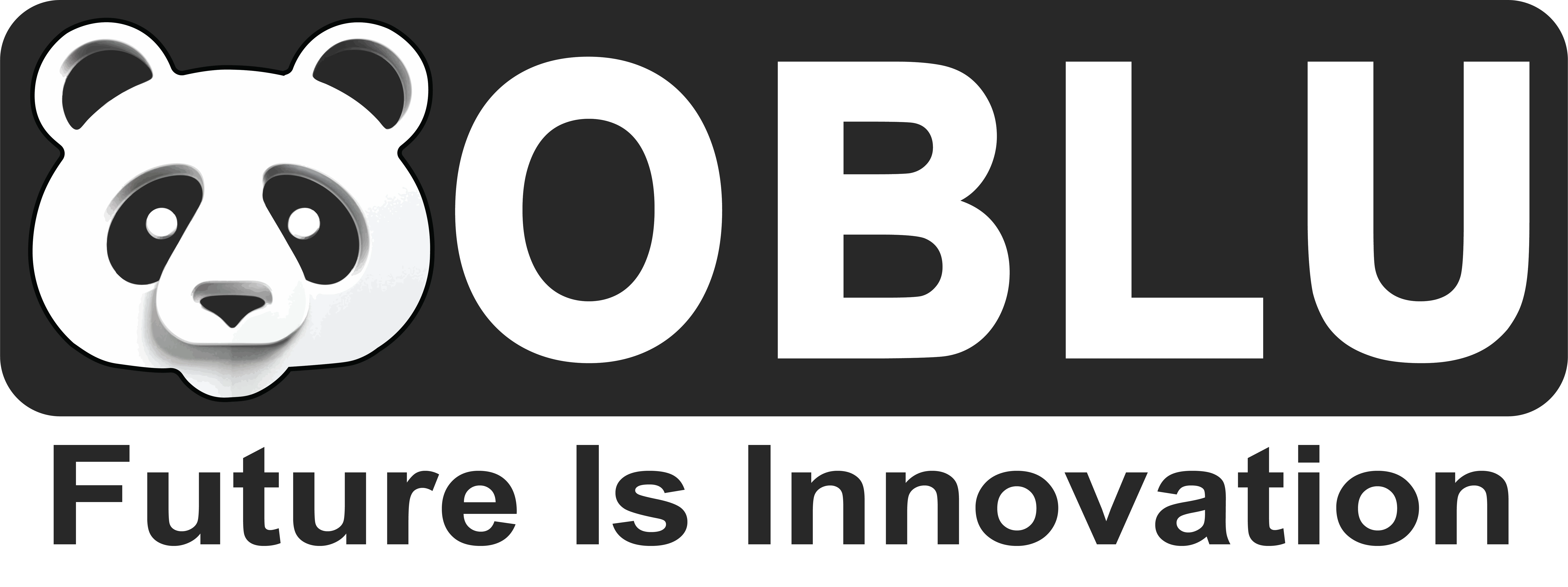The dental industry has experienced a remarkable transformation in recent years, largely driven by digital innovations that enhance precision, efficiency, and patient satisfaction. One of the most impactful advancements is 3D printing technology. Once considered futuristic, 3D printers are now becoming a must-have tool in modern dental practices and laboratories. If you're still on the fence about adopting this technology, here's why investing in a dental 3D printer could be one of the smartest decisions for your clinic or lab.
1. Streamlined Workflow and Faster Turnaround Times
In traditional workflows, producing crowns, bridges, surgical guides, dentures, or orthodontic appliances often involves multiple steps, external lab work, and long wait times. With in-house 3D printing, these timelines are dramatically shortened.
You can now design and print dental models, temporary crowns, splints, and more within hours, allowing same-day service for many treatments. This not only enhances practice efficiency but also reduces dependency on third-party labs, saving time and costs.
2. High Precision and Customization
Dental restorations require micrometer-level precision. 3D printers are capable of producing incredibly detailed and accurate dental components, ensuring better-fitting restorations with fewer adjustments. Whether it's surgical guides or orthodontic aligners, the accuracy of 3D-printed models improves treatment outcomes and patient satisfaction.
Additionally, 3D printing allows for easy customization of appliances for individual patients, providing a tailored solution that traditional manufacturing methods often struggle to achieve.
3. Cost Savings Over Time
While the initial investment in a 3D printer may seem significant, it offers long-term savings. You eliminate or reduce lab outsourcing costs, lower material waste, and optimize chairside time. For clinics performing a high volume of restorations, the return on investment (ROI) is rapid.
Moreover, advancements in resin technology have made printing materials more affordable and diverse, allowing clinics to print everything from clear aligners to surgical guides and temporary crowns without incurring heavy lab fees.
4. Improved Patient Experience
Patients today value speed, comfort, and modern treatment options. 3D printing supports all of these expectations. Same-day restorations, quicker appliance deliveries, and fewer visits all translate to a better patient experience and higher retention rates.
In addition, being able to show patients a physical model of their treatment plan can improve their understanding and trust in your recommendations. This transparency often leads to increased case acceptance.
5. Expanded Clinical Capabilities
With the integration of intraoral scanners, CAD software, and 3D printers, dental professionals now have greater control over treatment planning and delivery. You can now offer:
-
Surgical guides for implant placement
-
Custom trays and splints
-
Night guards and clear aligners
-
Temporary and permanent crowns
-
Denture bases and try-ins
This technology gives your practice the flexibility to expand services without needing a full in-house lab.
6. Keep Up With Industry Trends and Competition
Digital dentistry is not just the future—it’s the present. Dental clinics and labs that embrace digital workflows, including 3D printing, stay ahead of the curve. Patients notice when you're using state-of-the-art technology, and it can differentiate your practice from competitors still relying on outdated systems.
In an increasingly competitive market, staying relevant and progressive in your offerings is essential for long-term success.
7. Environmental Friendly and Less Wastage
Compared to subtractive manufacturing methods (like milling), 3D printing is an additive process, meaning it uses only the material required to build the object. This significantly reduces material waste, making it a more environmentally responsible option.
In addition, since many workflows are digital from start to finish, paper-based records and manual processes are minimized, streamlining your operations further.
Choosing the Right Dental 3D Printer
Not all 3D printers are created equal. When choosing a 3D printer for your dental practice, consider:
-
Print accuracy and resolution
-
Compatible materials/resins
-
Speed of printing
-
Ease of use and maintenanc
-
Software integration with your scanner or CAD system
-
Regulatory approvals (e.g., FDA-cleared for specific applications)
Trusted brands in dental 3D printing include Formlabs, Asiga, Ackuretta, and Phrozen all offering solutions tailored specifically for clinical and lab settings.
Final Thoughts
Investing in a dental 3D printer isn’t just about keeping up with technology—it’s about improving efficiency, precision, and patient care. From same-day restorations to customized orthodontic devices, the capabilities of 3D printing in dentistry are vast and constantly evolving.
For clinics looking to grow, reduce operational costs, and offer faster, more predictable treatment outcomes, 3D printing is no longer optional—it’s essential. By embracing this digital leap, you position your practice at the forefront of modern dental care and open the door to a new era of innovation and excellence.
At Oblu Healthcare, we understand the importance of staying ahead in the rapidly evolving world of digital dentistry. That’s why we bring you a wide range of advanced dental 3D printers, resins, and digital solutions designed to help your clinic or lab achieve precision, efficiency, and patient satisfaction.
Whether you’re just starting your digital journey or looking to upgrade your workflow, our team is here to guide you in choosing the right technology for your needs.
👉 Explore our collection of cutting-edge dental 3D printers today and take the first step toward transforming your practice.








